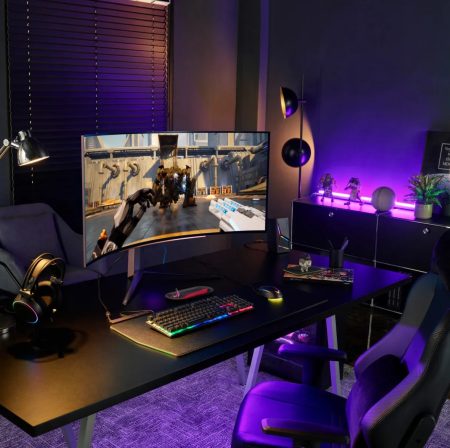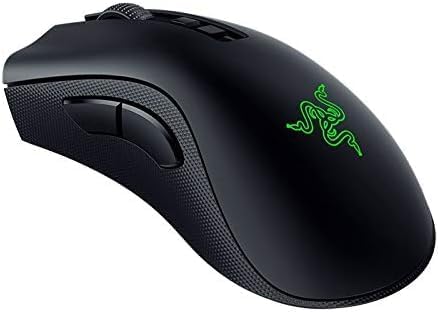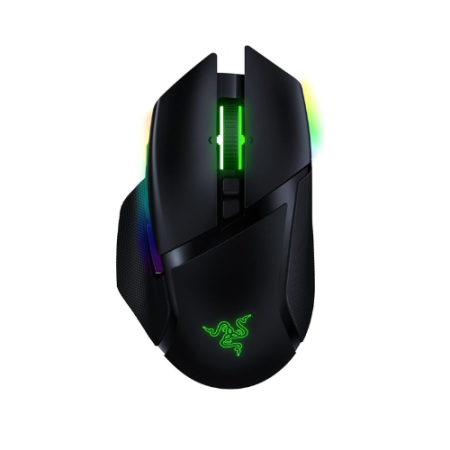While building a PC, standoff installations are basic, but can also get complicated. However, knowing what they are, how they work, and how to install them is crucial to your motherboard’s performance. Install the standoffs incorrectly and risk your motherboard short-circuiting. Standoffs are crucial in PC building; a correct installation would mean a steady and functional motherboard.
A motherboard standoff is a screw that acts as a spacer between the motherboard and the case. The motherboard rests on the standoff you install inside your case to prevent it from lying directly on the case. A standoff looks like a screw with threading on one end and internal threading on another. This design is necessary for easy screwing into the motherboard and the case.
Are Motherboard Standoffs Important?
A standoff is necessary for many reasons; firstly, the motherboard should not touch the case. A motherboard has circuits running on the top and the bottom. These isolations typically have current running through them while in operation. If the motherboard makes contact with the metal case while running, the motherboard will short as current flows into the case. A motherboard standoff prevents this by lifting the motherboard off the case, thus creating a barrier.
Another crucial function of a standoff is to hold the motherboard in place. The standoffs thus prevent the motherboard from sagging or bending and improve longevity. This is also necessary to prevent the motherboard’s conductive circuits from touching any surface. Furthermore, the standoff allows adequate air circulation during operation. Air circulation improves cooling to stop overheating while running.
Standoffs also act as grounding points for the motherboard. When current builds up, they can safely flow through the standoffs to the case and out of the system.
The use of motherboard standoff while building a PC is crucial. Though small, they work to secure your motherboard and prevent it from shorting out.

Do Standoffs Come With the Motherboard?
Although they are called motherboard standoffs, standoffs do not come with the motherboard. However, the standoffs come with the case you purchase. Motherboards come already standard in form factors, but cases come in various sizes. Thus, the standoff you use typically depends on the case you use and not the motherboard. This ensures that the screws are compatible with the case sizes and shapes. When you purchase a case, the standoffs may come pre-installed, or you may have to install them. Many case manufacturers pre-install the standoffs, making it easier to screw in the motherboard. In any case, ensure that the standoffs correspond with your motherboard. Some motherboards may require long or short standoffs, depending on the type.
How to Install Motherboard Standoffs
Motherboard installation can be simple but should be carefully done to avoid damaging the motherboard. A motherboard is fragile, and over-tightening the screws can cause avoidable damage. If you are uncertain about installing one, let a professional handle it. Motherboards are fragile and a misstep can cause damage.
Check Your Motherboard’s Form Factor
Motherboards come standardized in form factors or sizes. The three form factors are the standard-ATX, micro-ATX, and mini-ITX. Some cases specify what types of motherboards are most compatible with them. Typically, bigger cases have mounting holes for all three form factors of a motherboard. The form factor will thus indicate where the standoffs are located in the case. If you have a big case and a mini-ITX motherboard, ensure to align it with the holes that fit the mini-ITX.
Install the Standoffs
If you are doing this for the first time, it may help to verify the mounting holes in your case again to avoid errors. Clear cables away and align the motherboard above the case tray. Keep in mind the location of the standoff holes within the motherboard and in the case. Put the motherboard aside and screw the standoffs to the corresponding holes using your fingers. Typically, there are nine standoff holes in a standard case, except for the mini-ITX. Remember that you may not necessarily use all the standoff holes but ensure to use as many. In addition, some cases may not come with enough standoffs, thus you may need to purchase the appropriate ones separately.

Mount the Motherboard
Once you can ensure that you have fit your screws properly, mount the motherboard to correspond with the standoffs. Some cases come with an alignment pin that serves as a central standoff. The alignment pin makes it easier to determine the mounting placement. However, some cases do not have an alignment pin. In that case, carefully align the motherboard to the standoffs already installed and place it on the case.
Screw Down the Motherboard
Once you mount the motherboard, use a screwdriver to fasten the screws to the standoffs. At this point, ensure your screws are not too tight as that can damage the motherboard or break the case. They should be tight enough to hold the board in place but not damage it. Also, ensure that all your screws are level with the motherboard.
Conclusion
In building a PC, you cannot do without installing a motherboard, and you cannot install one without standoffs. Though seemingly small and negligible, standoffs are crucial parts of PC building. Motherboard standoffs are small risers or spacers that create space between the case and the motherboard. Since a motherboard is essentially a big circuit and cases are metal conductors, both parts touching can cause damage. The standoffs prevent both parts from touching and act as a spacer to allow airflow. They are also grounding points that discharge current buildup from the motherboard.
Installing standoffs can be easy as long as you know what you’re doing. When you identify your motherboard’s form factor, align the mounting holes. Screw in the standoffs to your case using your fingers, then mount the motherboard. With a screwdriver, screw down the motherboard to the standoffs.














